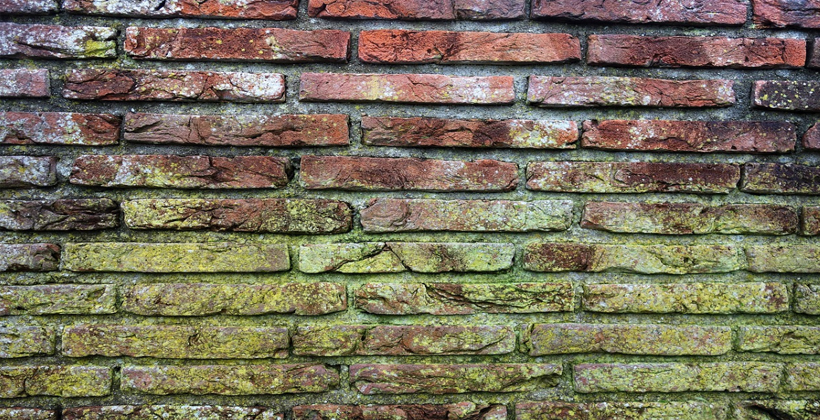
If you have brick, hardscape pavers or wood decking you probably have had to deal with mold (or mildew or algae.) The cold and wet weather of winter is the ideal breeding ground for these unwanted offenders. Not only are they an eyesore, they can be very slippery and cause damage to wood deck materials. But take heart, these organic substances are not difficult to get under control. Here are some steps to get the upper-hand on mold, mildew and algae.
- Sweep or blow the areas. The areas should be free of loose dirt, leaves and twigs. Be sure to get dirt and debris out of corners. This is also a good time to perform any maintenance or repairs that may be needed. Readjust pavers that may have shifted, screw down any loose boards and check railings to make sure they are secure.
- Rinse. Apply a thorough clean water rinse to all areas being treated.
- Apply Cleaner. There are many cleaners available that treat for mold, mildew and algae. Try to identify the organic source that you are dealing with and research possible options. There are also a number of “natural” solutions available. Typically, these are not as caustic, but may require multiple applications to remove all of the matter.
Many people turn to bleach to kill mold, but bleach may not be the best choice. The chlorine in bleach is damaging to the environment and may harm nearby vegetation. Bleach is also a poor choice for wood decks. Not only can it lighten the pigment of the wood, the chlorine in bleach can break down the polymers that bind the wood together, weakening the wood.
Once you’ve selected a cleaner it’s time to apply the product. A pump sprayer is an excellent tool to apply the solution quickly and evenly. The sprayer wand is ideal for reaching low places and deep into corners and crevices. If you are using a bleach formulation, make sure the sprayer you are using is made to be used with bleach. Bleach is very harsh and will break down the internal pump seals.
Apply the deck cleaner as directed and allow the cleaner adequate time to work. If needed, scrub the deck to work the cleaner into the surface. Make sure to scrub hard enough to remove mold’s roots. Also make sure to read labels. To break down organic matter, some cleaners need to set on surfaces for up to 20 minutes (or even longer). Always remember to clean and rinse your pump sprayer after every use. - Rinse Again. Once the area has been cleaned, use a garden hose to rinse off all of the solution. It may be necessary to repeat stubborn areas.
- Dry: Let the area dry completely before placing furniture and plants.
To prevent the return of mold or algae, remove leaves and twigs as they fall and try to keep areas dry. You may also want to cut back any trees or shrubs that are shading the problem areas.
For information on Solo sprayers please visit our website at us.solo.global
